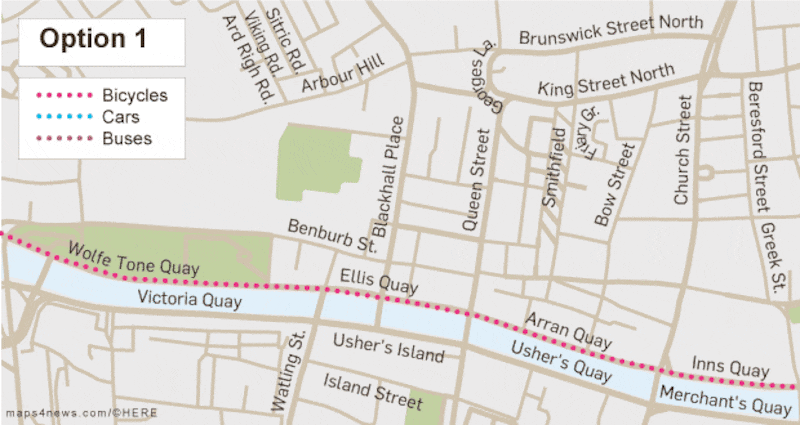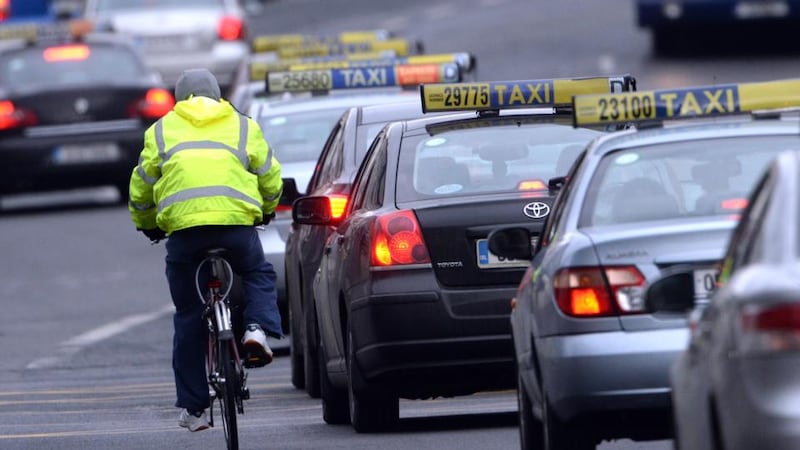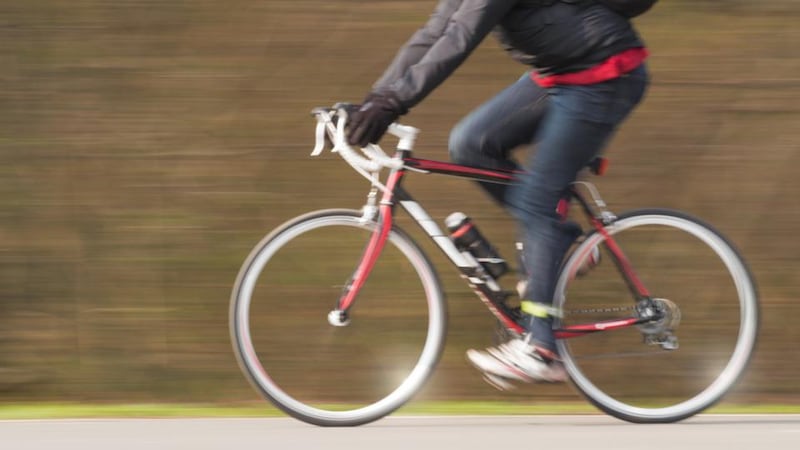Five years ago Dublin City Council engaged consultants to devise plans for a €20 million segregated cycle path along the Liffey from Heuston Station to the Point, now the 3Arena. At one stage there were 13 different route options, which seems astonishing given there are just two banks to the river, but by February 2015 this was narrowed down to four, which were made available for public consultation.
Three of these involved a two-way cycle path on the north of the river, while the fourth proposed paths on the north and south of the river.
The public liked the notion of the northside two-way and a preferred option, which involved keeping a continuous cycle path along the river and diverting traffic to Benburb Street beside the Luas line, was chosen.

The diversion was necessary to get around a particularly narrow section of Ellis and Arran Quays – broadly the part between the James Joyce Bridge and the Four Courts that cannot accommodate two lanes of traffic and the two-way cycle path.
Grand so, decision made. Except, the following August the council admitted there had been a mistake. The route would divert buses through an apartment block already under construction in Smithfield. Permission for the block had been granted in 2014. In July 2014 the council’s roads and traffic department said it had no objection to the development. The apartments have since been completed.

There was a brief chat about the possibility of having buses drive along the Luas line but, with a few embarrassed coughs, that went away.
New plan
Back to the drawing board. This involved an awful lot of drawing because the traffic department didn’t trudge back to councillors with the next plan until the end of May 2016. The solution? Put the cyclists on the diverted section instead of the traffic.
Cyclists did not like this. However, it took until the following October, five more months, for the council’s traffic department to tell councillors they had changed their mind about the proposal because there had been considerable disappointment at the loss of this “iconic route along the river” and that a “key stakeholder” – the Dublin Cycling Campaign – said it “would not be able to support the scheme as proposed”.
They had, however, devised a new plan. Again cars, though not buses, would be diverted from the quays, but to avoid ploughing through any more buildings, the diversion would be longer, taking motorists from the quays for about 1.5km. More public consultation ensued.
A report from the traffic department presented on Wednesday to councillors said the plan had met considerable opposition from councillors, residents, schools and businesses. So it has come up with another new plan to keep “all three modes” of traffic – buses, cars and cyclists – on the quays.
Mishmash scheme
This mishmash of a scheme designed to keep everyone happy involves putting the cyclists on a boardwalk over the river for part of the route, and having a shared bus and car lane for another short section. While buses would have priority over cars, governed by traffic lights, the existing continuous bus corridor would be broken.
Even in putting this proposal forward Brendan O’Brien of the council’s traffic department said it wasn’t the best plan. It would be more expensive – an additional €3 million – the quay wall might not support the boardwalk, and, worst of all, it would require an application to An Bord Pleanála, which made it unlikely a decision would be made this year. In his report Mr O’Brien said the previous option was still the best, then bizarrely said “notwithstanding these concerns” the council should proceed with the new one.

Councillors could have decided to reject this option, or to accept it. They didn’t, and instead asked for the new option to undergo further assessment, between now and October.
Further up the quays, the council has got itself into a similar mess at Eden Quay, where it had decided to ban cars to accommodate the new Luas Cross City. Without this measure the trams, which are to begin operating later this year, would be “caught up in traffic congestion, and the new service will prove to be slow, unreliable and unable to maintain a constant headway”, the council said last February. It decided, even though it was under no obligation, to hold public consultation on the plan and, unsurprisingly, city business, particularly car park owners, didn’t like it.
So the council isn’t going ahead with it, and will stop cars from blocking the junction using traffic lights, with priority for buses and Luas.
This should have been sorted out long ago. It’s five years since the Luas route was granted permission. However, the desire to keep everyone happy seems to have overpowered the need to have a functioning traffic system.









